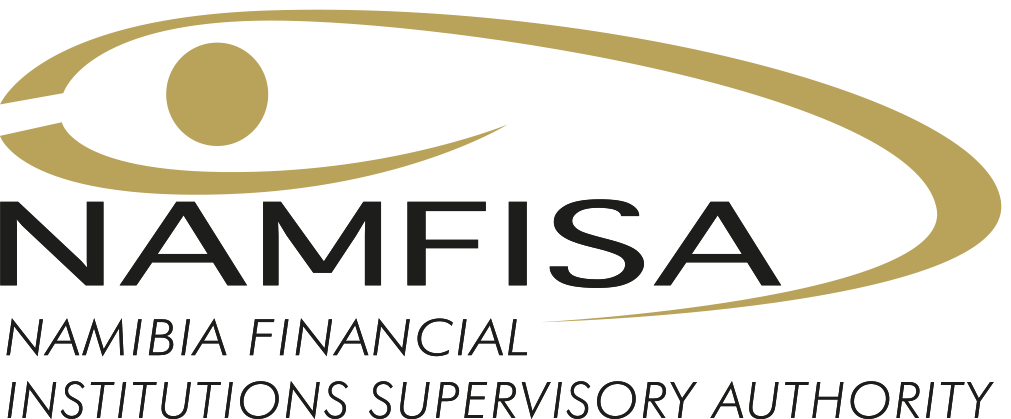There are many ways of laundering money, sponsoring
terrorism as well as manufacturing, acquisition
and distribution of weapons of mass destruction in
violation of national and international laws. This article aims
to inform you, the consumer, of some of the ways these illegal
activities are carried out.
Money laundering involves taking illicit proceeds and disguising their illicit source in anticipation of ultimately using the criminal proceeds to perform legal and illegal activities. Simply put, money laundering is the process of making dirty money look clean. The list of possible examples of money laundering is nonexhaustive and changes over time.
The following are examples of such techniques or methods:
Money laundering involves taking illicit proceeds and disguising their illicit source in anticipation of ultimately using the criminal proceeds to perform legal and illegal activities. Simply put, money laundering is the process of making dirty money look clean. The list of possible examples of money laundering is nonexhaustive and changes over time.
The following are examples of such techniques or methods:
- Smurfing: making a multitude of payments in different periods of time and through different banks.
- Gambling: In most cases criminal organizations clean up their money using gambling houses and casinos.
- Backing of financial loans i.e. giving a loan to oneself: In this method a member of a criminal organization deposits dirty money into a bank account in a “financial haven”, also known as a jurisdiction known to have few restrictions on legitimate business-activities and requiring little or no income tax.
- Fictitious transactions in properties: this method involves the sale of property at a price higher than its market value.
- Shell company: also known as a company which serves as a vehicle for business transactions without itself having any significant assets or operations.
Terrorist Financing Techniques
Terrorism financing refers to activities that provides financing
or financial support to individual terrorists or terrorist groups.
The sums needed to mount terrorist attacks are not always
large, and the associated transactions are not necessarily
complex.
There are two primary sources of financing for terrorist
activities. The first involves financial support from countries,
organizations or individuals which may come from legitimate
sources while the other involves a wide variety of revenuegenerating
activities, some illicit, including smuggling and
fraud.
A new phenomenon in terrorist financing has been the
emergence of Foreign Terrorist Fighters (“FTFs”), these are as
a result of the increasing efforts by terrorist groups working to
radicalize individual’s often young people and inciting them to
leave their homes to become foreign terrorist fighters.
These FTFs are largely self-funded and have revolutionized
terrorist financing.
The following are other examples of terrorist
financing methods and techniques:
- Private donations: direct financial support can come from individuals to terrorist networks.
- Terrorist groups may exploit non-profit organisations like charities and religious institutions to access funds, resources, and networks.
- Proceeds of criminal activity: terrorist organisations will engage in a variety of illegal activities to generate funds.
- Legitimate businesses, such as used car dealerships and restaurant franchises, have been linked to terrorist groups, with profits redirected to fund their activities.

